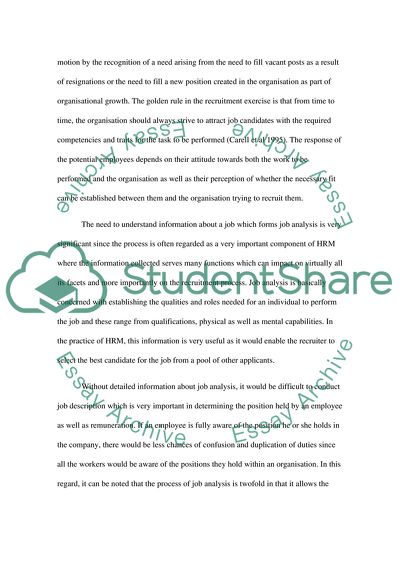Cite this document
(Job Analysis and Recruitment Case Study Example | Topics and Well Written Essays - 2000 words - 1, n.d.)
Job Analysis and Recruitment Case Study Example | Topics and Well Written Essays - 2000 words - 1. Retrieved from https://studentshare.org/human-resources/1745342-why-is-job-analysis-such-an-important-feature-of-the-recruitment-process
Job Analysis and Recruitment Case Study Example | Topics and Well Written Essays - 2000 words - 1. Retrieved from https://studentshare.org/human-resources/1745342-why-is-job-analysis-such-an-important-feature-of-the-recruitment-process
(Job Analysis and Recruitment Case Study Example | Topics and Well Written Essays - 2000 Words - 1)
Job Analysis and Recruitment Case Study Example | Topics and Well Written Essays - 2000 Words - 1. https://studentshare.org/human-resources/1745342-why-is-job-analysis-such-an-important-feature-of-the-recruitment-process.
Job Analysis and Recruitment Case Study Example | Topics and Well Written Essays - 2000 Words - 1. https://studentshare.org/human-resources/1745342-why-is-job-analysis-such-an-important-feature-of-the-recruitment-process.
“Job Analysis and Recruitment Case Study Example | Topics and Well Written Essays - 2000 Words - 1”. https://studentshare.org/human-resources/1745342-why-is-job-analysis-such-an-important-feature-of-the-recruitment-process.


